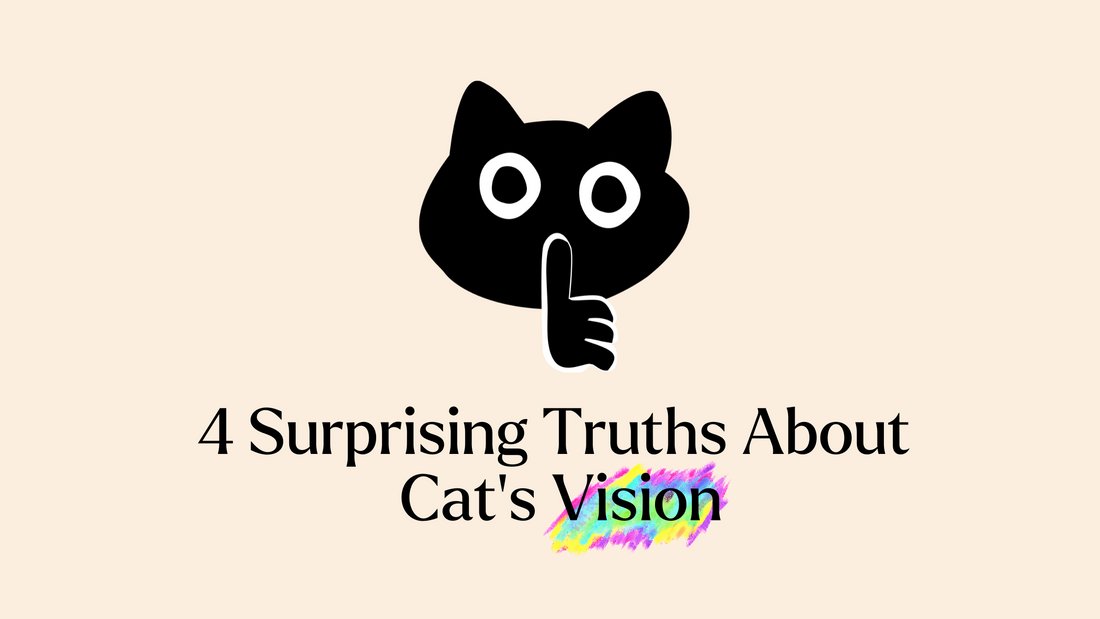
Can Your Cat Really See Color? 4 Surprising Vision Facts You Should Know
Ever wonder what your cat actually sees when she’s staring at your bright pink slippers or chasing that red laser dot? Does my cat see the same rainbow world I do—or if she’s just pretending?
Turns out, cats do see colors—just not the way humans do. Knowing how their eyes work can totally change how toys are picked, play zones are set up, and even how home decor is chosen to better suit their visual world.
1. No, It’s Not Black and White
You’ve probably heard that cats only see in black and white—but that’s just an old myth.
While their color perception is limited compared to humans, it’s far from grayscale. Cats can actually see shades of blue and green fairly well. The catch? Reds, pinks, and purples tend to blur into dull grays or muddy tones.
So, that bright red toy you just bought? It might not look as exciting to your cat as it does to you.
2. Cats Are Dichromats
Unlike humans, who are trichromats (we have three types of color-detecting cones), cats are dichromats—they only have two. This gives them a narrower view of the color spectrum, but a serious upgrade in another area: night vision.
Thanks to their rod-dominant eyes, cats are built to hunt and navigate in low-light conditions. That’s why your cat seems more active at dusk or in dimly lit corners—and why she can spot a bug in the dark before you even notice it.
3. Color Impacts Toy Preference
Understanding your cat’s color vision can actually make playtime better.
Since they see blue and green tones most vividly, toys in these colors tend to be more engaging. On the flip side, reds and warm hues may simply blend into the background.
If your cat seems disinterested in certain toys, it might not be the toy itself—it could be the color. A small shift in palette could lead to more active, satisfying play.
4. Visual Clarity Is Short-Range
Cats are what we’d call nearsighted—they see best at close range, with optimal focus at about 2–6 feet. This makes sense considering their natural instincts: stalking, hunting, and pouncing don’t require long-distance vision.
But what cats lack in clarity, they more than make up for in motion sensitivity. Their eyes are incredibly good at detecting even the smallest movements—whether it’s a feather twitching or a bug crawling across the floor.
Your cat may not see the same colors you do, but her vision is perfectly designed for her needs—sharp, focused, and instinct-driven. Tuning into that perspective helps create a more comfortable, stimulating environment that brings you closer together.
Explore Moricat’s collection of thoughtfully designed toys and accessories—crafted with your cat’s real visual world in mind.
Content: Lexin
References:
https://pubmed.ncbi.nlm.nih.gov/8463834/
https://www.purina.co.uk/articles/cats/behaviour/common-questions/can-cats-see-colour
https://www.petmd.com/cat/general-health/cat-vision
